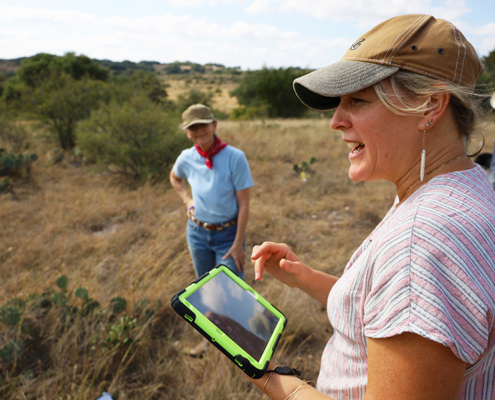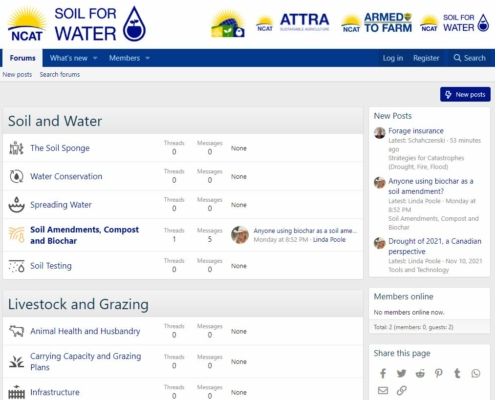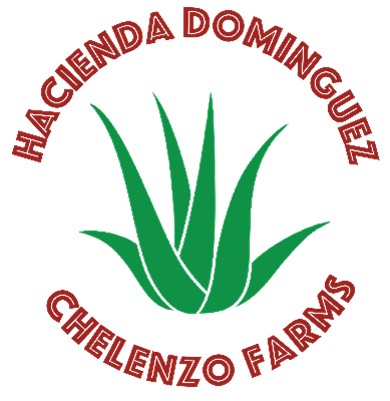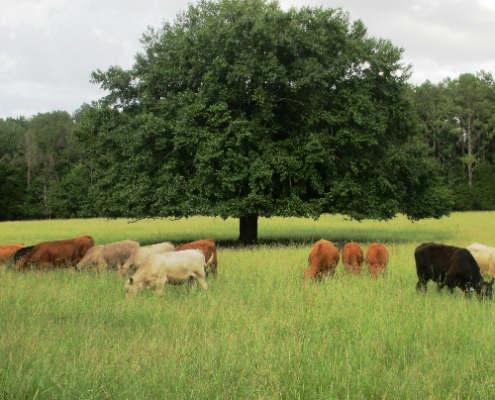About Soil for Water
Soil for Water, a program of the National Center for Appropriate Technology, is building a dynamic community of people curious about water and soil practices that create resilient, profitable agricultural systems.
We seek and welcome collaboration with groups and individuals that share our mission. Please join us in catching and holding more water in the soil.

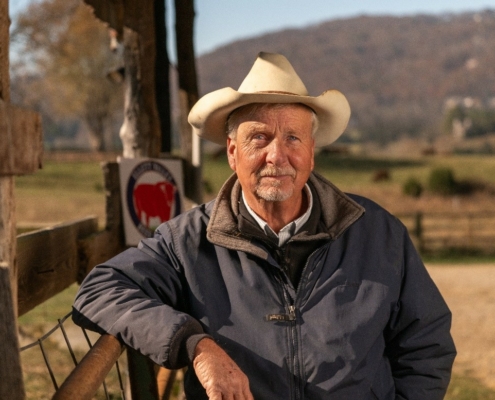
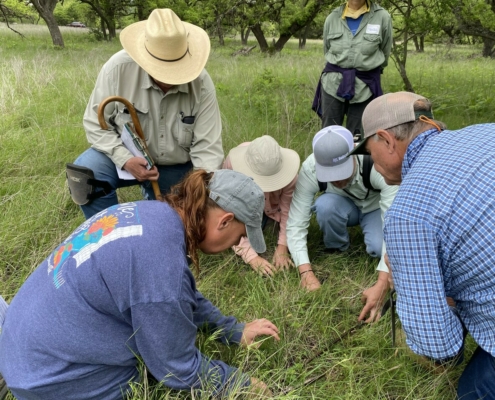
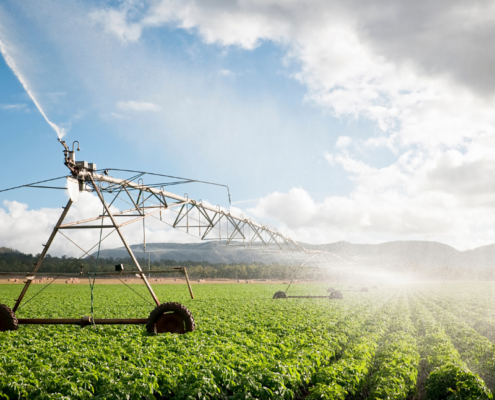 Canva Pro
Canva Pro